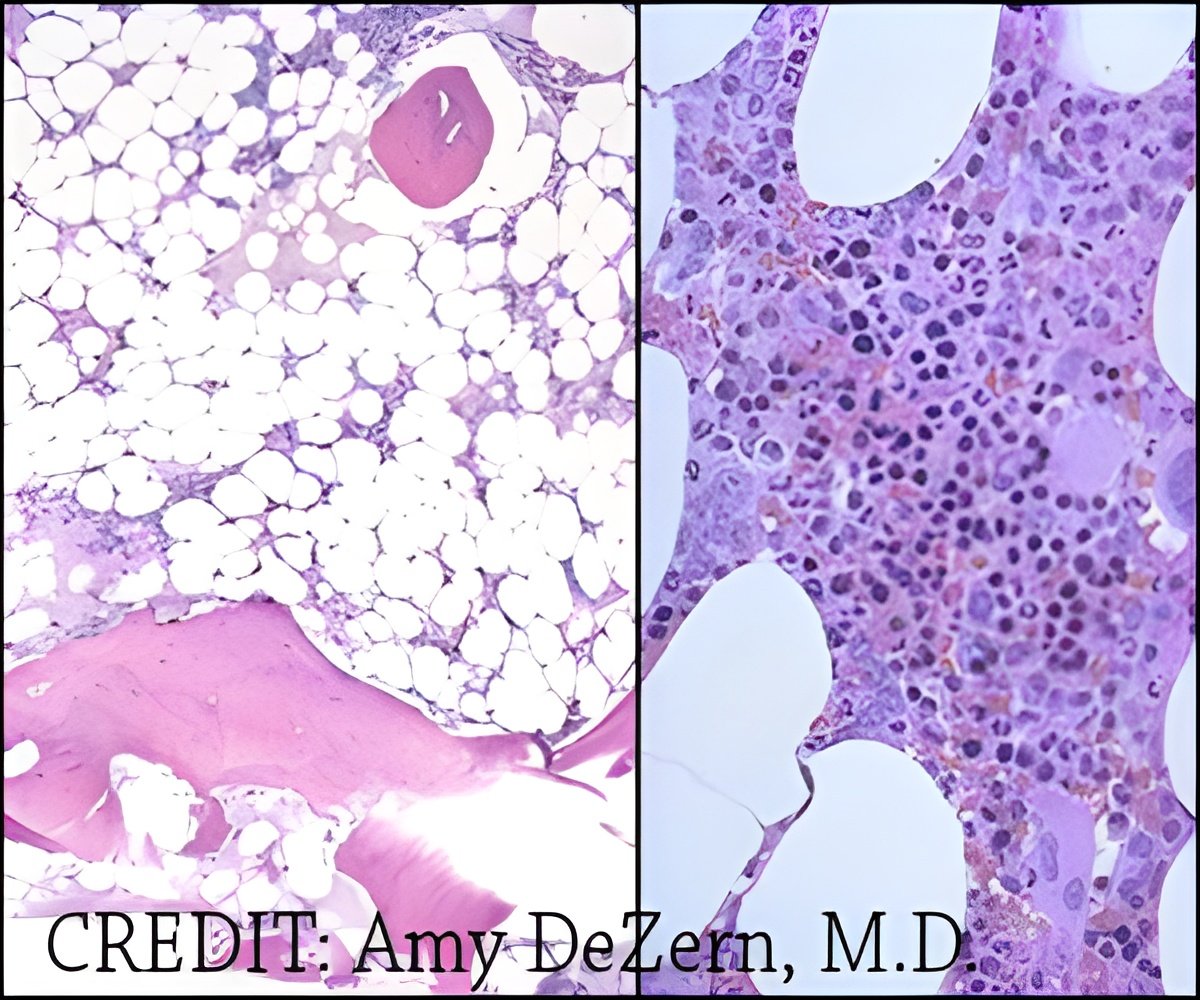Emory researchers have discovered the cause of deadly fungal infections in bone marrow transplant patients.

Antifungal heteroresistance causes prophylaxis failure and facilitates breakthrough Candida parapsilosis infections
Go to source). Bloodstream infections can be lethal in these patients, including infections from Candida parapsilosis, a species of fungi that can live in the digestive tract and occasionally make it into the bloodstream.
‘ Did You Know?
Approximately 50,000 bone marrow transplants are performed worldwide each year. #fungalinfections #bonemarrow ’





Weiss partnered with researchers at the Memorial Sloan Kettering Cancer Center after clinicians there observed numerous transplant patients who developed bloodstream infections despite being treated with the antifungal drug micafungin, the so-called “penicillin of antifungals.” Approximately 50,000 bone marrow transplants are performed worldwide each year. #fungalinfections #bonemarrow ’
For the infected patients, these were life-threatening infections, with what Weiss calls a “shockingly high” mortality rate.
Doctors at Sloan Kettering were mystified by the infections that shouldn’t have been happening. Weiss, who had been studying the phenomenon of heteroresistance in bacteria for years, joined Sloan Kettering’s researchers to search for answers.
In a new paper in Nature Medicine, the team described how they worked with collaborators around the world to gather 219 strains of C. parapsilosis from patients at Sloan Kettering and locations in France, Germany, and China.
The study found that heteroresistance was the reason a small number of patients developed bloodstream infections, despite receiving prophylaxis with the antifungal drug micafungin.
Advertisement
“They divide within hours, so they have many, many more rounds of evolution. Every time we use antifungals, it's an opportunity for the fungi to go to school and learn how to survive. For them, surviving means they're resisting the drug and potentially causing a problem for us.”
Advertisement
Contributions from Machine Learning
Drilling one level deeper, Sloan Kettering computational biologists Chen Liao and Joao Xavier used a machine learning model to help detect the heteroresistant fungi, demonstrating a proof-of-principle diagnostic approach with the potential to inform clinical decisions.The patterns that emerged were complex, though – heteroresistant and susceptible strains were more likely to have slightly different evolutionary histories known as phylogenetic clusters.
Though the machine learning algorithm wasn’t strictly necessary to discover this, it helped by predicting heteroresistance based on only a small set of genomic features that can be rapidly measured by existing tools.
“There are thousands of mutations,” says Liao. “I asked my algorithm to choose at most 10. One of the advantages of machine learning is that you don’t need to sequence the whole genome, just find a few spots that are informative enough that they can predict.”
Emory's Fight Against Deadly Infections
The authors of the paper think this innovation holds promise for developing a simple test to identify heteroresistant fungi in the clinic. But Weiss believes it will take years of research to determine the precise molecular mechanisms that cause heteroresistance.“Right now, there’s no test for heteroresistance,” Weiss says.
“What we should be striving for is to analyze a fecal sample from a patient prior to transplant, in order to profile their gut microbes or fungi. If they have a micafungin heteroresistant C. parapsilosis, clinicians would be able to choose a different antifungal for prophylaxis or get rid of the fungus from the gut before doing the transplant. You don't want these fungi there because that puts a patient at a much higher risk of having a breakthrough infection, which can literally cause death because there’s a diminished immune system to fight off the infection.”
Reference:
- Antifungal heteroresistance causes prophylaxis failure and facilitates breakthrough Candida parapsilosis infections - (https://www.nature.com/articles/s41591-024-03183-4)
Source-Eurekalert









